South Dakota weighs whether to lock up kids with ‘bad behavior’
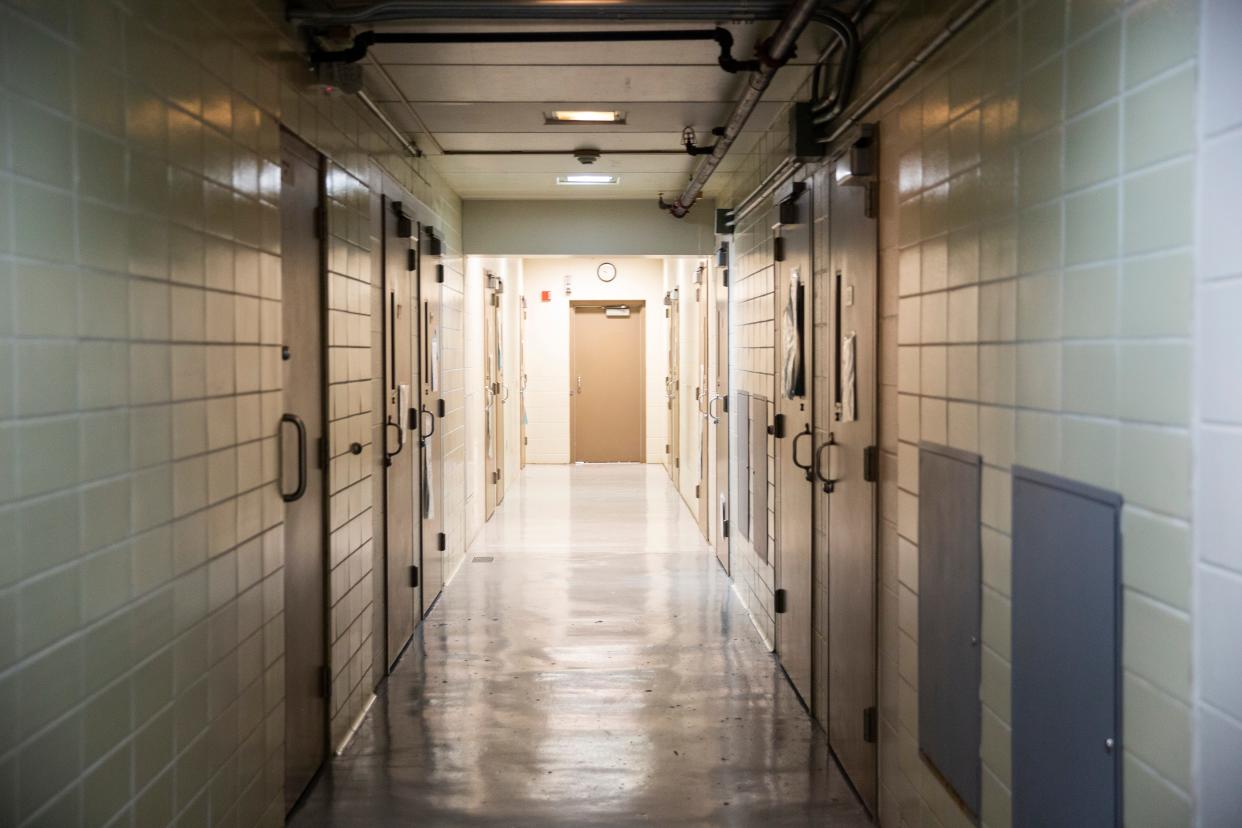
Frustrated school teachers clashed with state court officials during a South Dakota Senate committee hearing this week about whether correction facilities are a solution to a growing number of repeat juvenile offenders disrupting classroom settings.
But after weighing heated public testimony from school board officials, public defenders and lawyers alike, Senate State of Affairs lawmakers ultimately sided Wednesday with schools on the divisive issue, voting to pass SB 198 with a 8-1 vote.
“I don't think this is going to fix the problem,” said Sen. Michael Rohl, R-Aberdeen, in discussion about the motion to pass. “But it's certainly going to force all the parties to the table to be able to create something that might be a solution.”
The proposed bill, which looks to drastically repeal South Dakota’s juvenile justice system as it stands, is now set to go to the Senate floor Tuesday.
South Dakota teachers say juvenile justice system has “very little teeth”
The bill also hopes to create a 15-member task force to study and gather a scope of issues related to South Dakota’s population of high-level juvenile offenders, who teachers say are leveraging a system that has “little teeth.”
“Students learn quickly that there is very little teeth to the juvenile justice system,” Harrisburg High School Principal Ryan Rollinger said. “I've been told directly to my face, ‘I don't care, they're just going to give me three more months of probation.’”
According to the bill's text, the task force will have five House reps appointed by the speaker, Spencer Gosch, R-Glenham; five Senate reps appointed by the president pro tempore and bill co-sponsor, Lee Schoenbeck, R-Watertown; and five reps “with knowledge and experience in juvenile justice” appointed by the governor.
More: Whitney: Juvenile justice approach draws scrutiny
Under the supervision of the Executive Board of the Legislative Research Council, the group will go back to the drawing board to develop alternatives for placement of juvenile offenders, report its findings and recommend legislation by Jan. 1, 2023.
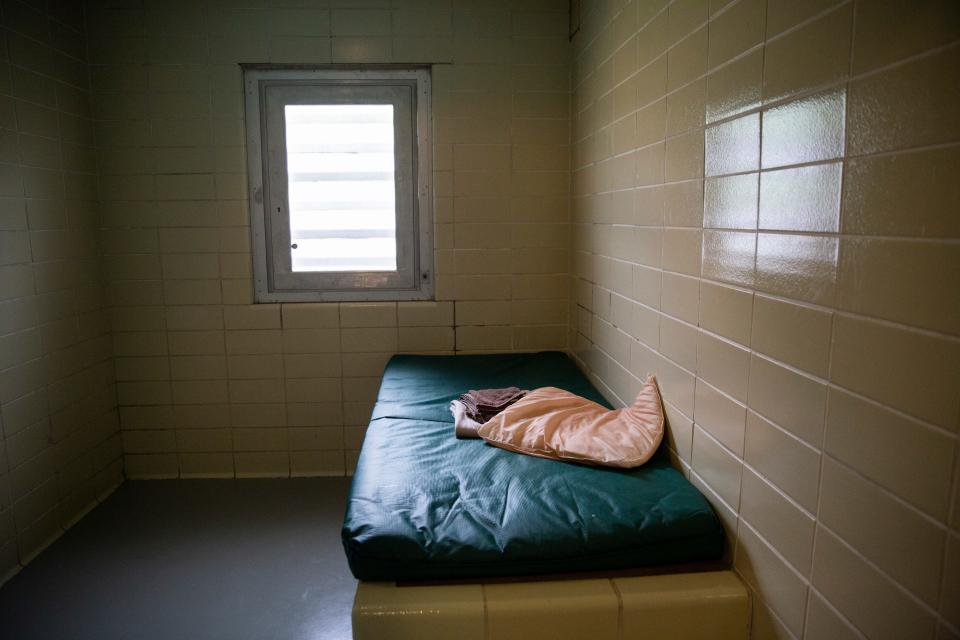
Since South Dakota’s overhaul of the juvenile system in 2015, Rollinger and other school districts have seen juvenile behavior go in a negative direction: serious felonies ranging from robbery, weapons possession, committing crime while in possession of a weapon, assault, battery and attempted murder.
SB 73, passed with a majority vote and implemented in 2016, changed the way the state committed, or rather didn’t commit, juveniles.
Per South Dakota law, a juvenile cannot be committed to the DOC unless “no viable alternative exists; the Department of Corrections is the least restrictive alternative” or if the juvenile has been convicted by a judge of a delinquent office, such as a crime of violence or sex offense.
The 2016 juvenile justice reforms were based on the Juvenile Detention Alternative Initiative (JDAI), piloted in Minnehaha and Pennington counties in 2012, according to previous Argus Leader reporting.
The JDAI philosophy finds alternatives to pre-trial detention, keeping children accused of misdemeanors or low-level felonies out of detention centers, hours away from their homes and families and into community diversion programs, and committing youth with more serious crimes, some serious enough to go to adult court.
More: The number of youths in mental health crises at Minnehaha County Juvenile Detention Center is rising
At the time, lawmakers were responding to the state’s second highest rate of incarceration of juveniles and a population of youth coming back into custody within three years.
Different realities on 2015 reforms clash during contentious debate
Since its implementation, though, sides fiercely disagreed on the impact of those juvenile justice reforms.
School administrators say the negative behavior among troubled youth is disrupting learning in school districts and taking an emotional toll on schools not equipped to address an increasing population of repeat juvenile offenders.
It’s a type of behavior among youth that has been on the rise in the last few years, says Rollinger.
More: Proposed bill helping courts handle 'impossibility' of rising child abuse cases goes to House
“I think a lot of parents would be taken back if they knew that some of the students who are either accused of or adjudicated of those crimes were being put back into schools,” Rollinger said during public testimony.
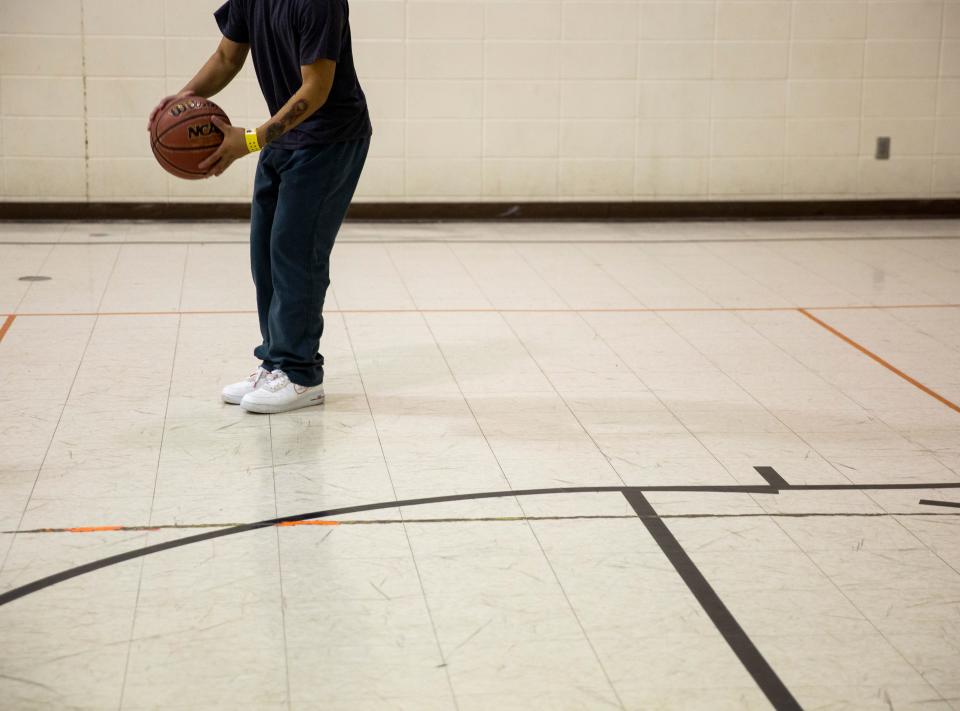
The Harrisburg principal thinks the missing step is having behavior programs to address the mental health needs of these students.
“My goal today is not to disparage anybody in the judicial system,” Rollinger said. “I think the system is broken and just needs to be revisited.”
Wade Pogany, Executive Director of the Associated School Board of South Dakota, urged lawmakers to put a final stop to the pressures they’ve been dealing with.
More: Young teacher experiences burnout a few years into career, quits for banking analytics
He pleaded with the committee to “at least give us the chance, whether it's this bill, or e-board” and to put the issue on their radar for discussion, “because it’s not working.”
But court officials stood in staunch opposition with school administrators on the juvenile system’s impact, citing reduced recidivism rates from 2016 -- 38.9% in FY14 to 15% at the three year mark of implemented reforms.
“This bill simply goes too far, by overturning all of the key provisions that were enacted under the 2015 legislative juvenile justice reform package, “ said Kristi Bunkers, Director of Juvenile Services for the DOC.
More: S.D. succeeded in locking up fewer kids. But the work on justice reforms isn't over.
In FY14, DOC had 220 commitments and 21 recommitments, which Bunkers explained as youth who had previously been in custody, discharged and then were adjudicated again. By FY21, DOC only saw 86 commitments.
The recent data reflecting 37 of South Dakota’s 66 counties shows 88% of diversion participants complete their programming.
Bunkers reminded committee legislators that 56% of the kids they see don’t come in on violent offenses. That rate has only come to reach its highest point at 67% during the current fiscal year.
More: Juvenile justice oversight council identifies possible gap in services
The top three committed offenses in FY21 are grand theft (generally, car theft), simple assault (a misdemeanor) and probation violations, she said.
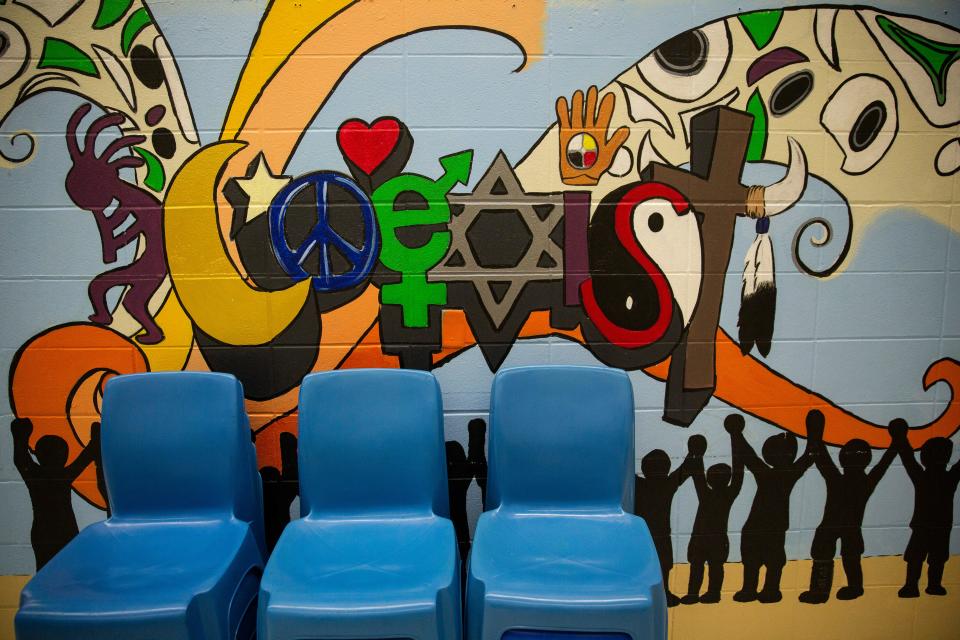
Joanna Lawler, Assistant Director of the Law Office of the Public Defender in Pennington County, also noted that there isn’t any data showing a relationship between the 2015 reforms and the school disciplinary issues brought up.
There’s also some legal compliance conflicts, Bunkers noted, with a 1974 federal law (Juvenile Justice Delinquency Prevention Act) that sets uniform standards of care and custody for court involved youth.
More: Sioux Falls teachers say the district's 25-year-old maternity leave policy no longer enough
Renewed in 2018, the law is now known as the Juvenile Justice Reform Act.
“Under the JJDPA status, offenders, which we refer to as CHINS (Children in Need of Supervision), may not be held in secure detention or confinement, absent a few exceptions” Bunkers explained.
Under the most lenient exception, they can't be held in detention for longer than seven days. That exception was implemented last year, Bunkers said, aligning DOC’s holding of CHINS, who were violating a valid court order, with federal law.
More: 'Dash for Cash' provided a strong metaphor for chronic education underfunding, teacher pay
If SB 198 passes, Bunkers warned South Dakota would be out of compliance with that and lose significant sums of money funding existing community-based diversion and rehabilitation programs.
Unified Judicial System State Court Administrator Greg Sattizahn and Judge Doug Hoffman, of the Second Judicial Circuit, which includes Minnehaha and Lincoln Counties, also added the population of repeat offenders is only a small portion of South Dakota’s overall juvenile population.
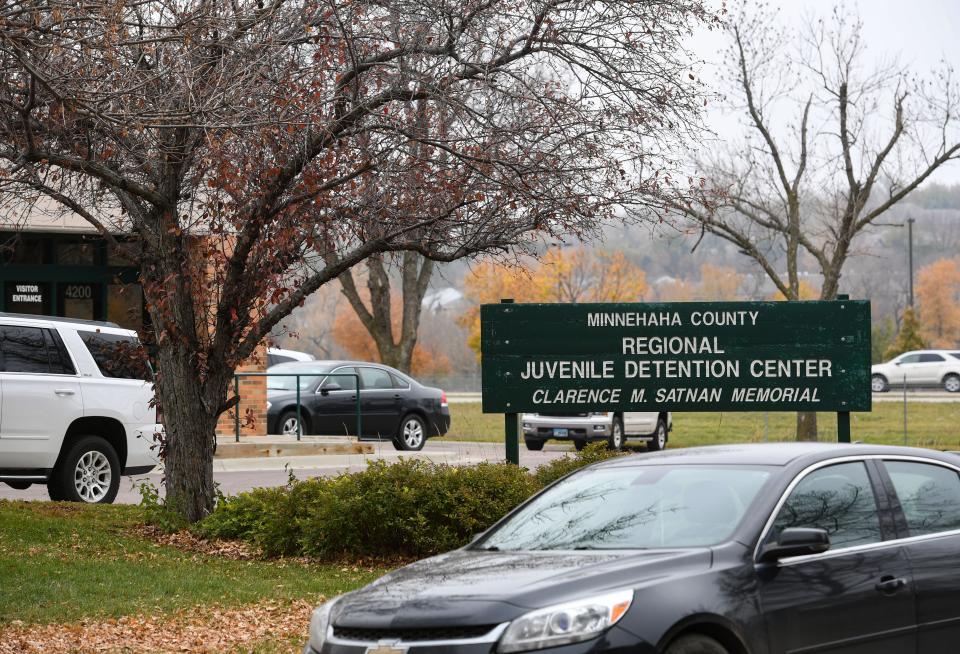
“The UJS supports the idea of a study to look at this,” said Sattizahn. “What we don’t support is the idea of the 46 other sections in the bill repealing essentially the entire juvenile justice system to hold as an avail over that study.”
More: Nationwide workforce shortage continues to impact Sioux Falls schools weeks into new year
Sattizahn said it felt irresponsible to have results of the study group dictated in the same bill that appoints the study. And from Hoffmans’ perspective, the juvenile system is the best it’s been in his 14 and a half years as a juvenile judge.
“The kids that are committing these very serious crimes mentioned by some of the proponents, that's a very, very miniscule percentage of the kids that we see,” said Hoffman of the over 3,500 hearings he has a year.
But primary bill sponsor V.J. Smith, R-Brookings, was already prepared to counter those numbers in his opening speech, saying the data doesn’t reflect the teachers who are retiring out or leaving early, the number of hours spent by superintendents on discipline issues and the emotional toll it takes on them.
“What I have discovered from talking to teachers, students and administrators, is that there is a universal belief among almost everyone that there needs to be consequential consequences for bad behavior,” said Smith. “Further the consequences, not negative impact.”
Co-sponsor Schoebeck’s rebuttal to juvenile justice officials reminded his fellow legislators that South Dakota’s school districts are really, juvenile prisons, and the wardens of those prisons are principals and school administrators.
“I think it's unusual when you see this kind of legislation that has the support of the schools and the state's attorneys,” said Schoenbeck.
More: South Dakota board reports lagging teacher pay, COVID-19 are exacerbating educator shortage
Schoenbeck also noted to the Argus Leader the “beauty” of SB 198 is the July 1, 2023 deadline, the start of next legislative session.
That means if the bill does pass all the way through this time, the law doesn’t go into effect until the task force completes their report and recommendations for a new juvenile corrections model -- the same time the legislature will meet again next year.
“These people will have done the work that needs to be done [over the next year and a half], hopefully,” he explained. “So there is nothing we don’t come out of compliance with, that federal law [2018 Juvenile Justice Reform Act] is no great shakes.”
More: Why skipping school is the main reason Sioux Falls kids get in trouble
“It’s a loaded pistol,” he said of the deadline, to ensure hard solutions are implemented sometime next year.
What about Native youth?
Senate Minority Leader Troy Heneirt, D-Mission, was the lone dissenting vote. He was also the only voice of concern for Native youth and the judicial system’s disproportionate impact on them.
“I was really frustrated with the school groups that thought instead of coming over to the education committee, since we’re debating teacher salaries at the same time,” Heinert told the Argus Leader. “You come ask for resources to help kids, not kick them out of your building.”
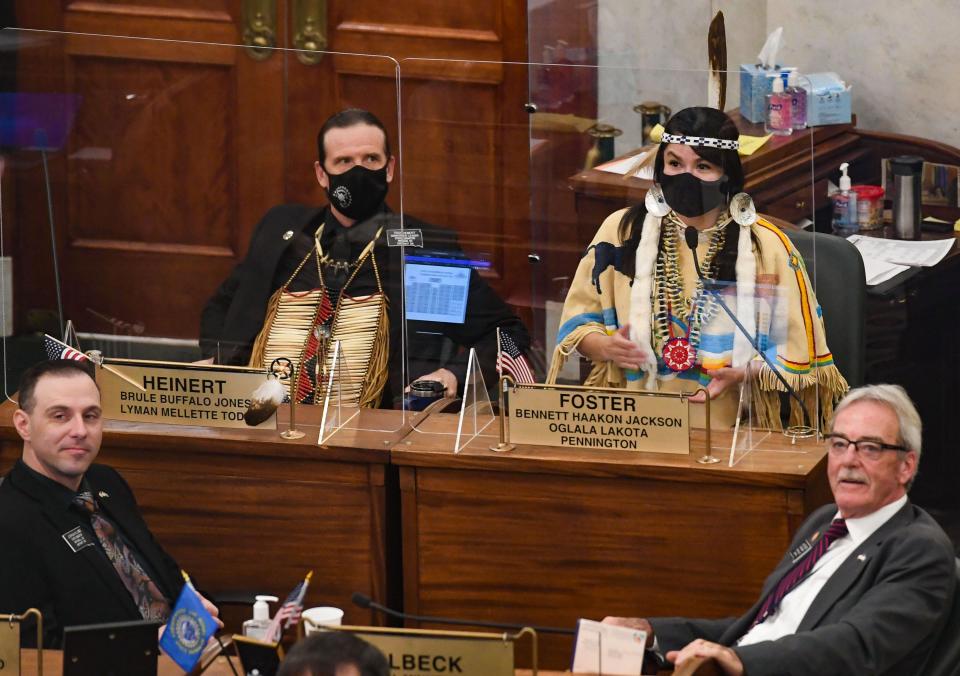
What happens in South Dakota, Heinert says, is that it's usually kids who are poor and in poverty. And more often not, they are Native kids.
More: Native American students left behind by S.D. education system
The Native lawmaker was alarmed that SB 198 repeals almost everything, without any meaningful reform.
“The way this bill is written, we're not going to find more counselors, treat and screen for depression or really try to find out what is going on in that child's life,” he said.
But it all comes down to one question, he says: Does the state of South Dakota want to spend its money putting kids in correctional facilities, or does it want to spend its money on getting kids to a place where they don’t exhibit these behaviors?
“I think the latter is the better way to go,” said Heinert.
He does agree, though, with the idea of the task force and a closer look at the issue.
SB 193 was delayed this week to be heard next Tuesday, but Schoenbeck said in a text message to the Argus Leader that it’ll likely be moved to Wednesday.
Email human rights reporter Nicole Ki at nki@argusleader.com or follow on Twitter at @_nicoleki.
This article originally appeared on Sioux Falls Argus Leader: South Dakota Senate to hear new law repealing juvenile justice system

